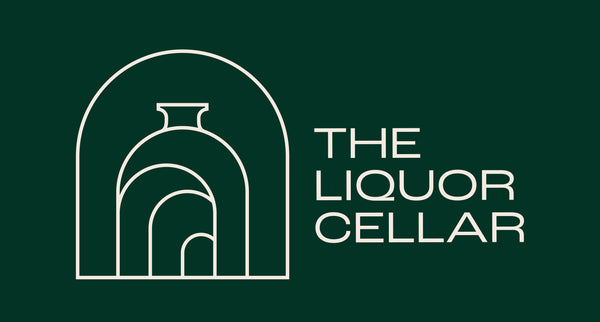Mars Whisky

-

Launched: 1960
-

Origin: Japan
-

Location: Miyada, Nagano Prefecture, Japan | Tsunuki, Kagoshima Prefecture, Japan
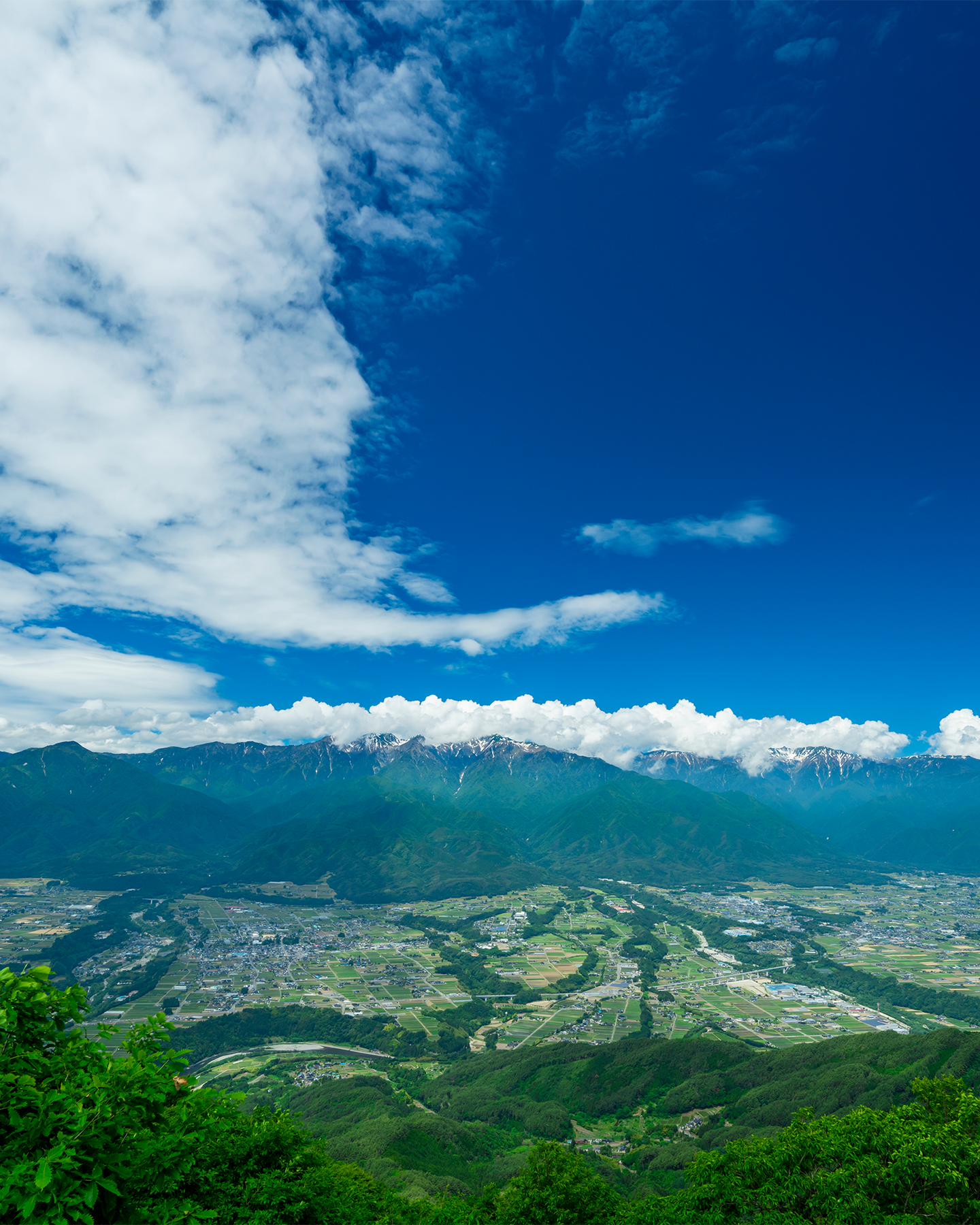
Distillery: Mars Komagatake | Mars Tsunuki
Head Distiller: Yusuke Sasaki | Tastsuro Kusano
Still: Traditional Copper Pot Wash & Spirit Stills | Traditional Copper Pot Wash Still & Straight-Head Copper Pot Spirit Still
Visitation: By Booking
Created in 1960, in a partnership between Hombo Shuzo Co. and Kiichiro Iwai, a pioneer of the Japanese whisky industry, Mars Whisky started in Hombo’s Tsunuki distillery, southwest of Kagoshima. They moved to Miyada in the Central Alps in 1985 in pursuit of creating a lighter style, choosing the location for its high altitude, low annual temperature, and more moderate humidity. The distillery was closed in 1992 and then reopened in 2011 following the revival of Japanese whisky, with a renewed contemporary approach.
Following the success of the reopening, a new Tsunuki Distillery was built and opened in 2016, along with a third aging location on Yakushima Island, a UNESCO World Heritage Site, in the Ōsumi Island Chain to the south of Kyushu. In 2017, the Mars Hosaka Winery was established in Japan’s top wine region, Yamanashi Prefecture in Honshu, which now provides many of the wine barrels used to mature their whiskies.
Komagatake Distillery mashes, ferments, distils onsite with a stainless steel lauter tun, five stainless steel washback, three Douglas-fir washbacks, and two traditional copper pot stills (6,000L wash still and 8,000L spirit still). Local granite-filtered spring water and both peated and unpeated barley are used, primarily producing a clean and clear wort to achieve very fruity whisky. Maturation is also done onsite in three racked warehouses, with an angel’s share of 3-4%, though some distillate is also sent to their other facilities.
Tsunuki Distillery also mashes, ferments, and distils onsite with a stainless steel lauter tun, five stainless steel washbacks, and two copper pot stills (5,800L wash still and 3,300L spirit still). The wash still is a traditional onion shape while the spirit still is straight-headed, with necks 10 degrees smaller than Komagatake, to achieve a heavier profile. Peated and unpeated barley are used with spring water from the nearby Mount Kurata to produce both cloudy and clear worts. Sitting at sea level with a subtropical climate, the distillery has a higher angel’s share of 5-7% and produces oilier whiskies with a greater emphasis on smokiness.
With a tropical climate, ocean air, near constant rain, and very high humidity, the Yakushima Aging Cellar has their highest angel’s share at 7-9%. The cellar is used for Mars’ YA blends, which bring together whiskies from both distilleries, using only ex-bourbon and ex-sherry casks.
Mars Whisky pride themselves on having an open-minded atmosphere, with active research and experimentation, particularly the effects of climate and cask on maturation, regularly sending distillate from each distillery to be matured at each site. A wide variety of casks are used, including ex-bourbon, -sherry, -madeira, -port, -wine, -IPA, -umeshu, -shochu, and -sakura. Each is checked and recorded every three months, with 4-6 uses before being replaced. Through this variety and experimentation, Mars has produced more than 60 unique whisky expressions.
Mars Whisky Products
-
Mars Iwai Tradition Japanese Whisky - September 2025
Regular price $169.99 NZDRegular priceUnit price / per -
 Sold out
Sold outMars Iwai Tradition Whisky
Regular price $87.99 NZDRegular priceUnit price / per
The Liquor Cellar Blog
View all-

The Whisky Box November 2025 - Michter's US★1 U...
Madison FisherThe Whisky Box November 2025 - Michter's US★1 U...
Madison Fisher -

The Gin Club November 2025 - Farmer's Reserve S...
Madison FisherThe Gin Club November 2025 - Farmer's Reserve S...
Madison Fisher -
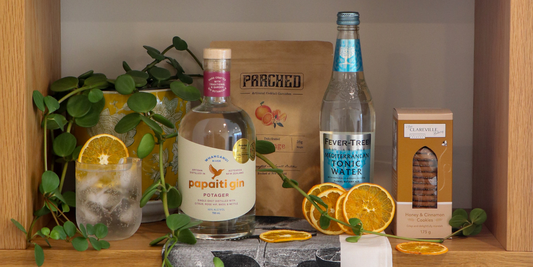
The Gin Club October 2025 - Papaiti Potager Gin
Madison FisherThe Gin Club October 2025 - Papaiti Potager Gin
Madison Fisher
Explore More
-
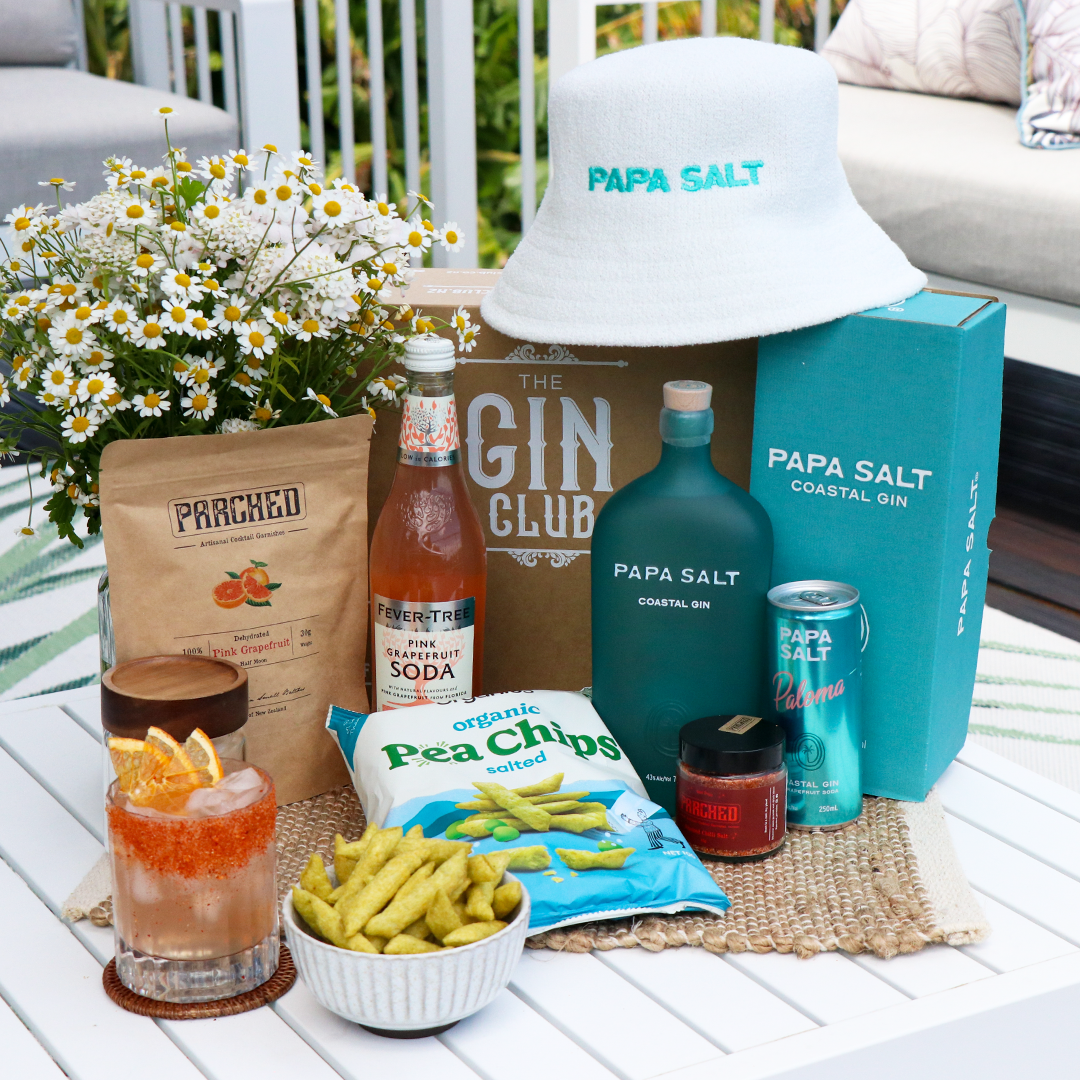
The Gin Club
-
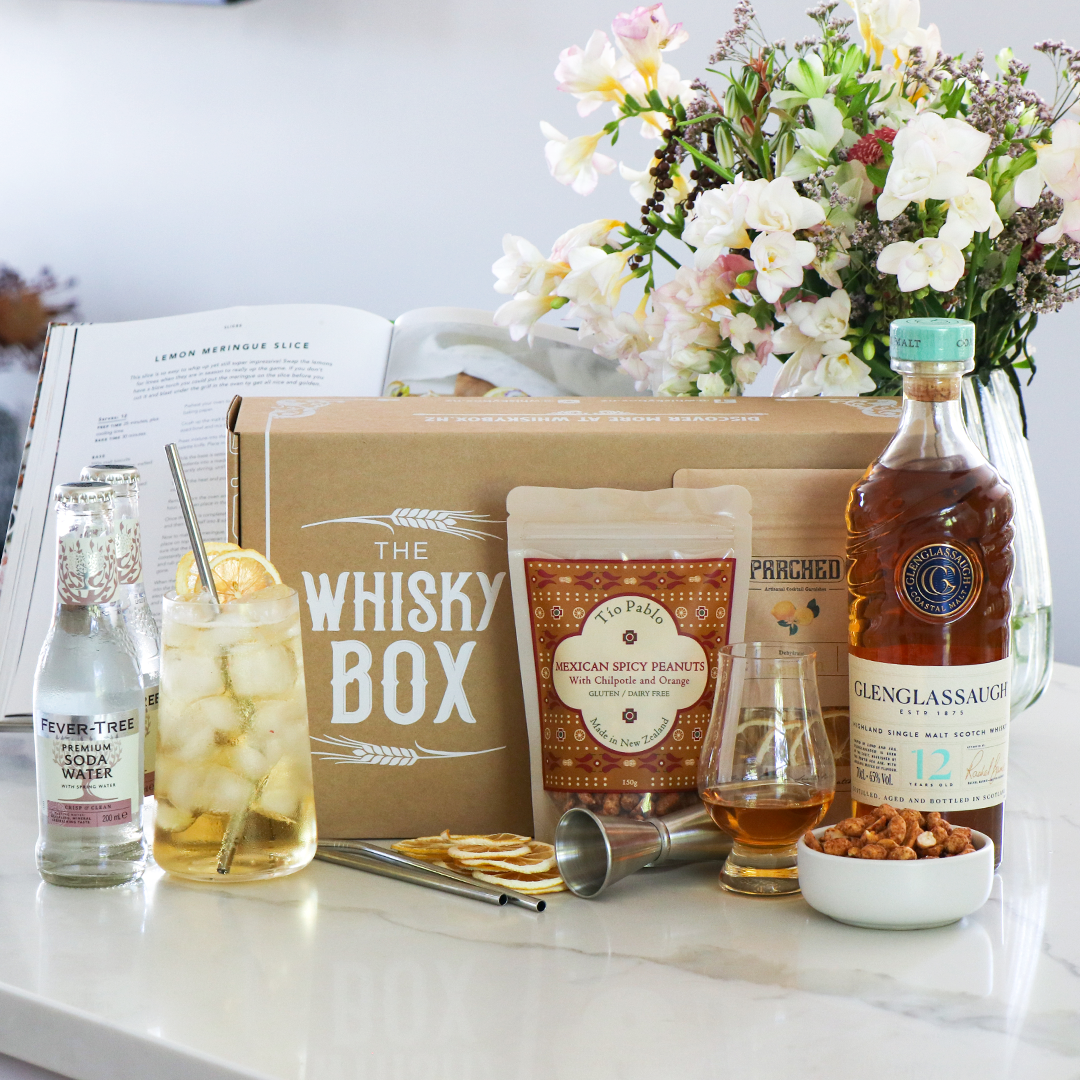
The Whisky Box
-
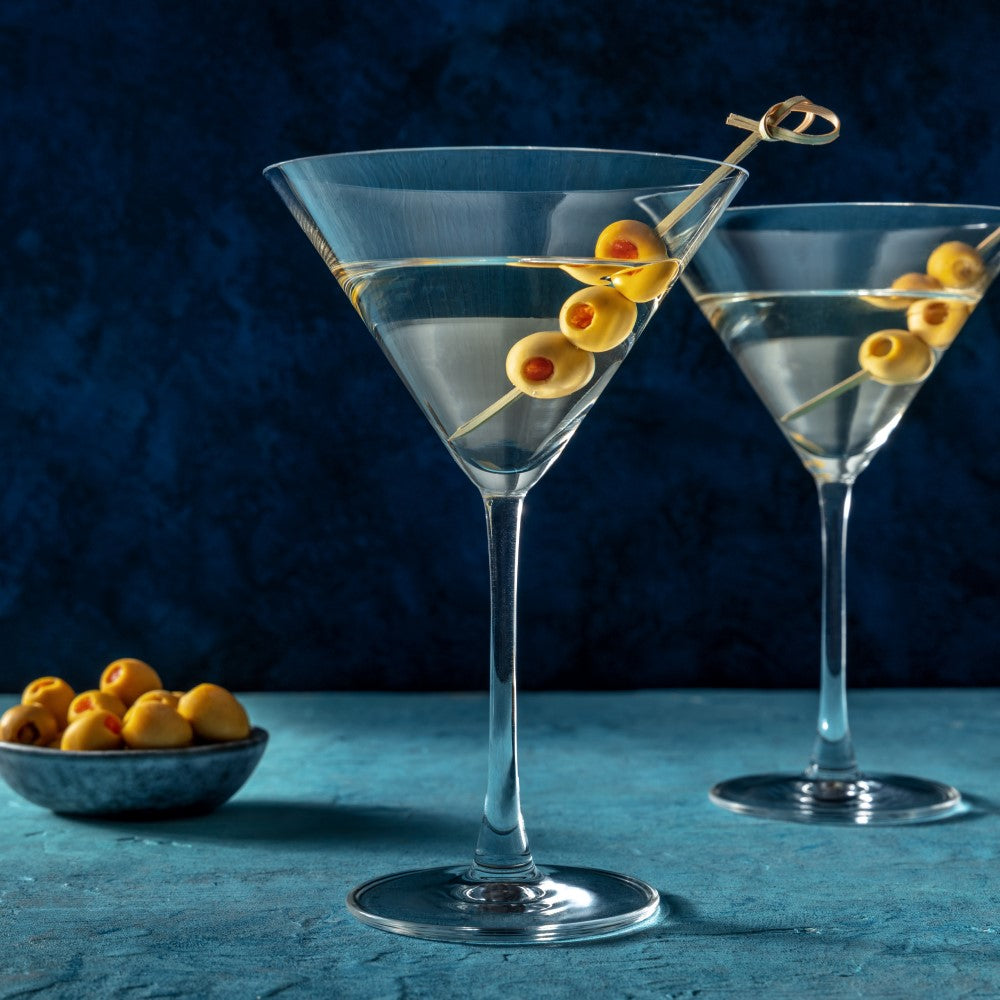
Recipes
Sign up to our newsletter
Get 10% off your first order, special offers, recommendations and expert advice to your inbox!
